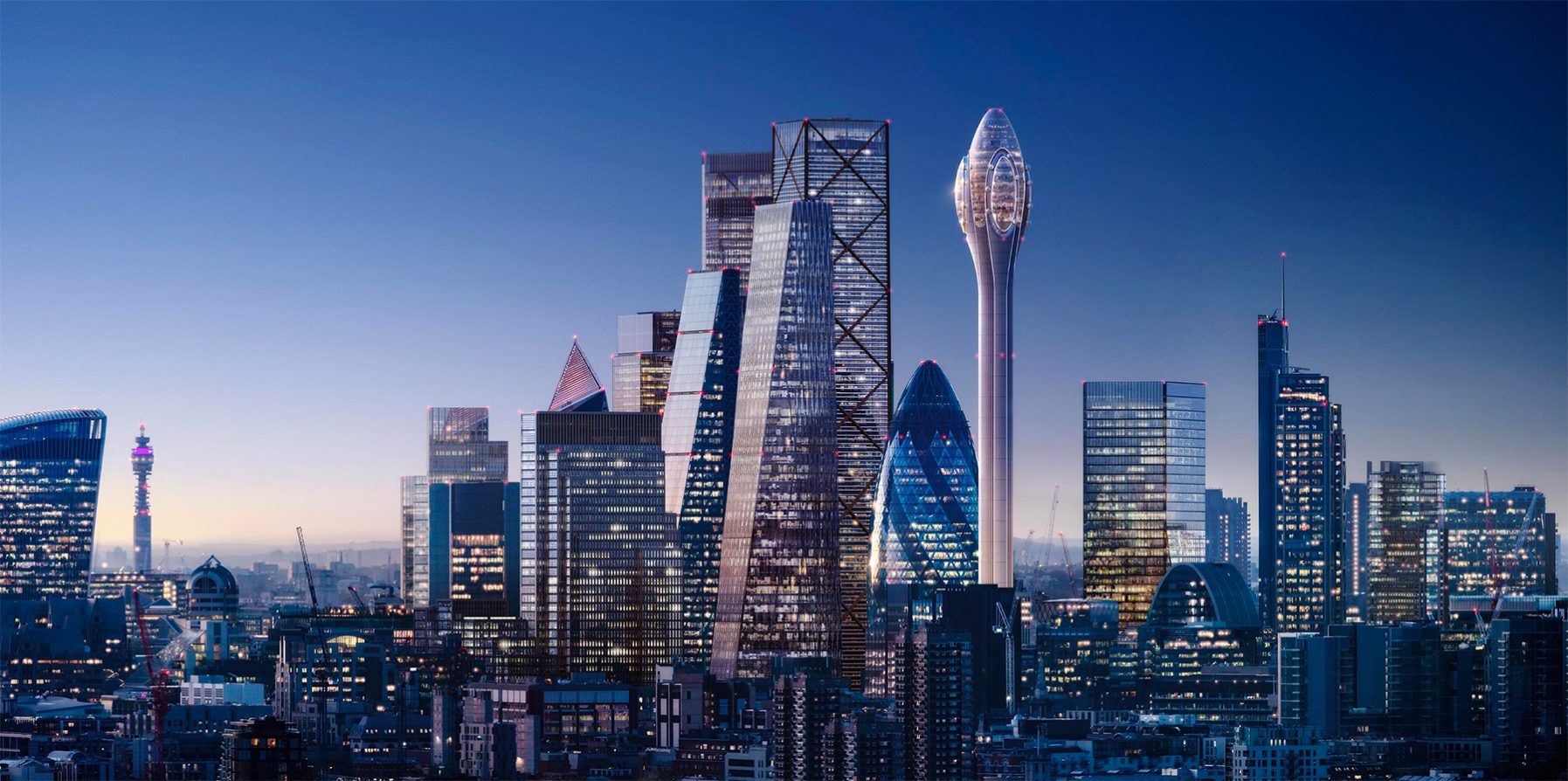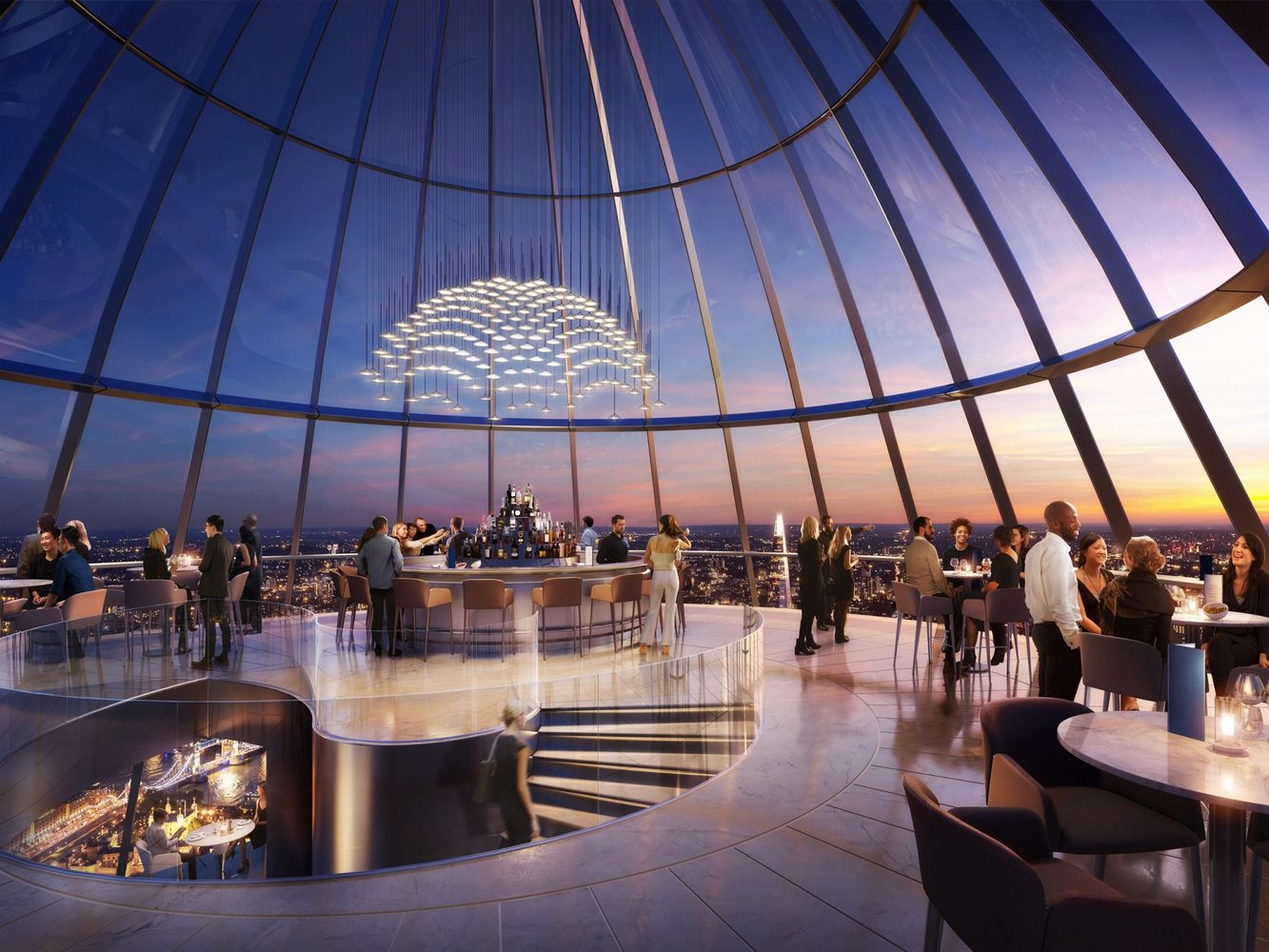Last year, one of Norman Foster’s most controversial buildings was nipped in the bud. London mayor Sadiq Khan axed plans to build the blossoming Tulip Tower, which was slated to rise nearly 1,000 feet in the heart of London, on the grounds that the structure would provide “very limited public benefit” and that it wasn’t the “world-class architecture that would be required to justify its prominence.” Despite initial city planning reports having deemed the tower as a potential architectural icon, the mayor’s office found multiple issues with the project—one being that the structure would do “significant harm” to the Tower of London World Heritage Site, which sits nearby on the Thames. The roast only escalated from there: Khan then remarked that the Tulip Tower’s design was of “insufficient quality for such a prominent location” and would “result in an unwelcoming, poorly designed space at street level.”
Foster defended the Tulip Tower shortly afterward, insisting that the bulbous monolith may possibly become a “world symbol of London.” Considering how drastically the world has changed since last year, New London Architecture chairman Peter Murray is vouching for the troubled Tulip. He recently remarked that the tower, if built, may provide a crucial tourist attraction that would help London bounce back from the coronavirus pandemic. “The whole of London needs a strong center if we’re to remain a competitive global city,” Murray said in a new YouTube video. “If it’s to do so, it needs investments like The Tulip more than ever.”
Given that Europe is teetering on the precipice of a second lockdown and nearly 75 percent of London’s white-collar workers have yet to return to their offices in the city center, Murray may be onto something. Spending has ground to a halt in central London—Mastercard trend data shows that consumer spending has shifted largely outward as locals continue quarantining in the suburbs. In July, retail spending in central London plummeted 60 percent while restaurant spending declined 80 percent, casting major shadows over the area’s long-term vitality.


